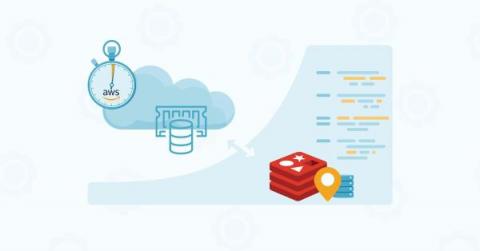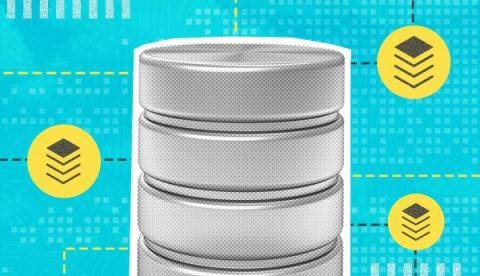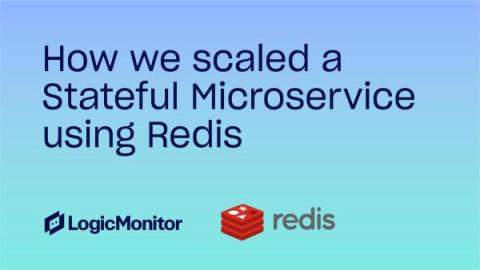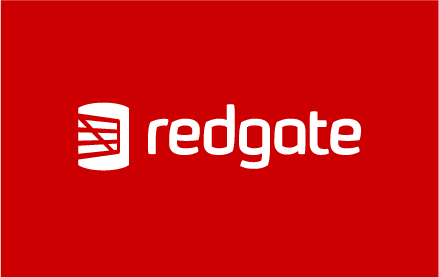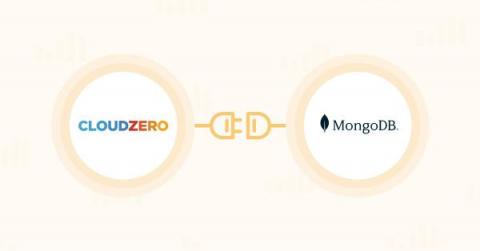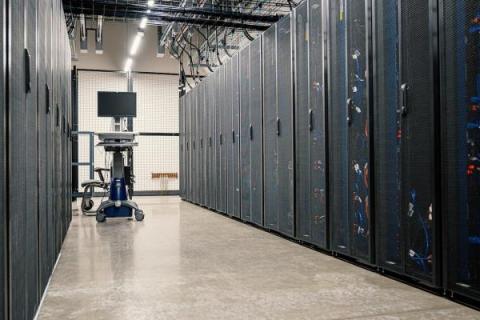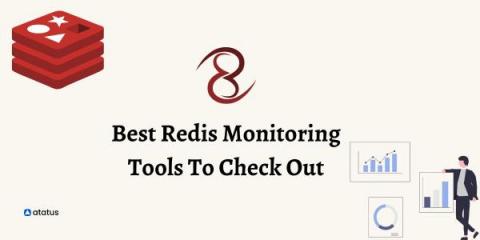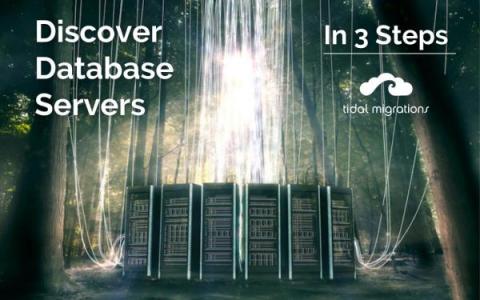Operations | Monitoring | ITSM | DevOps | Cloud
December 2022
Can an Application Exist Today Without a Database?
How we scaled a stateful microservice using Redis
Redgate expands its support for teams working in multi-database environments in 2023 with stream of major product releases
How CloudZero's New MongoDB Support Brings Cost-Efficiency To Cloud-Native Databases
Data Warehouse vs Database: Comparing Common Data Storage
Knowing the differences between data warehouses and databases can clear up a lot of confusion for many people, especially with the volume of data we have these days. In this blog post, I'll discuss the differences between these two types of data systems. I'll also provide some examples to help illustrate the points we make. Let's get started! (This article was written by Austin Chia.)
Set up fully managed PostgreSQL in 10 minutes | Aiven
8 Redis Monitoring Tools To Check Out
The open-source data platform Redis, based on in-memory data, is complicated enough when hosted only on one server. Therefore, a critical aspect of Redis management is monitoring its performance. Despite serving a vast number of queries, Redis is known for its low latency response time. Keeping track of your Redis instance's performance can be done by monitoring certain vital metrics. As well as storing data in memory and on disk simultaneously, Redis stands apart from most other databases.
Discover Database Servers In 3 Steps
I recently had a cloud migration client who was at the beginning stage of their discovery phase and looking to jump straight to “which database platforms should I be using in the cloud?” - a tall ask you might say, but following the three steps below they were able to discover and analyze all of their database servers in just two weeks.


